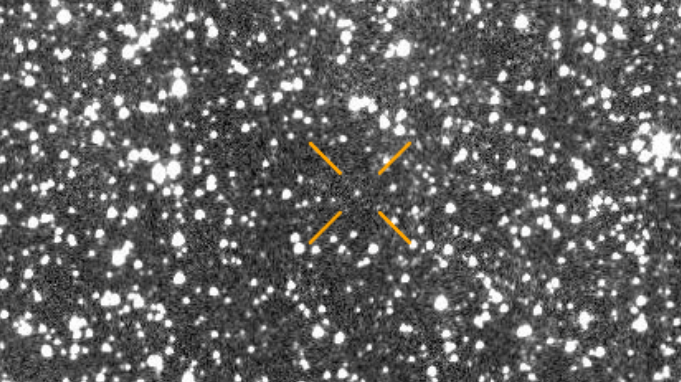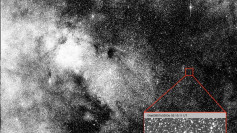The interstellar object 3I/ATLAS is drawing heightened scrutiny from astronomers after new measurements indicated a significant velocity shift following its perihelion passage. The development has revived debate over the nature of the object, with some researchers proposing natural explanations and others suggesting the possibility of deliberate maneuvering or the release of secondary bodies.
3I/ATLAS, detected on 1 July 2025 by the Asteroid Terrestrial-impact Last Alert System, is only the third known interstellar object observed entering the solar system. Following its closest approach to the Sun in late October, its trajectory and motion began to deviate from projections based on gravitational modeling.
Astrophysicist Avi Loeb has been among those examining the anomaly. According to reporting circulating within scientific networks, Loeb stated, "It did manoeuvre. The boost to its velocity was equivalent to a jet carrying five billion tons of matter." Such behavior, if confirmed, is atypical for comets and small bodies whose motion is generally predictable based on solar heating and outgassing forces.
Loeb has also addressed speculation that the object may have released smaller accompanying bodies near Mars' orbit. "The key question is whether it deployed companions. We're treating this like a detective story," he reportedly said. The suggestion relates to prior theoretical work that interstellar objects could carry secondary units that detach under specific conditions.
However, other scientists have rejected the artificial-origin hypothesis. The Economic Times quoted physicist Brian Cox dismissing such theories as "drivel," adding, "Comet 3I/ATLAS is a comet, made of carbon dioxide and water ices and bits of other stuff. It is entirely natural in origin." Meanwhile, IFL Science cited NASA's lead scientist for small bodies, noting that while the object has "some interesting properties," the existing evidence "overwhelmingly points towards a comet."
The competing viewpoints follow several unusual characteristics observed so far. The object displayed nonstandard jet activity, including some emissions directed sunward rather than away from the Sun. Its visible coloration shifted toward a bluer spectrum, and the object remained compact rather than developing a conventional dust tail. These traits contributed to ongoing discussion about its composition and formation environment.
3I/ATLAS reached perihelion at approximately 0.5 AU, positioning it behind the Sun from Earth's view. This limited the capacity for real-time observation during the period when any significant structural changes or releases might have occurred. The object is now outbound along a hyperbolic escape trajectory and will make its closest approach to Earth on 19 December 2025 at a distance of about 1.8 AU.
If any secondary bodies were released, detection would likely require systematic analysis of sky-survey data and targeted observations by major observatories. To date, no independent confirmations of deployed objects have been published in peer-reviewed literature.
Researchers stress that uncertainties remain. The apparent velocity shift could be explained by strong localized outgassing of CO₂ or other volatiles, a phenomenon documented in some high-activity comets, though rarely at the scale implied. For now, the data has reinforced 3I/ATLAS as one of the most scientifically significant interstellar objects observed to date.



